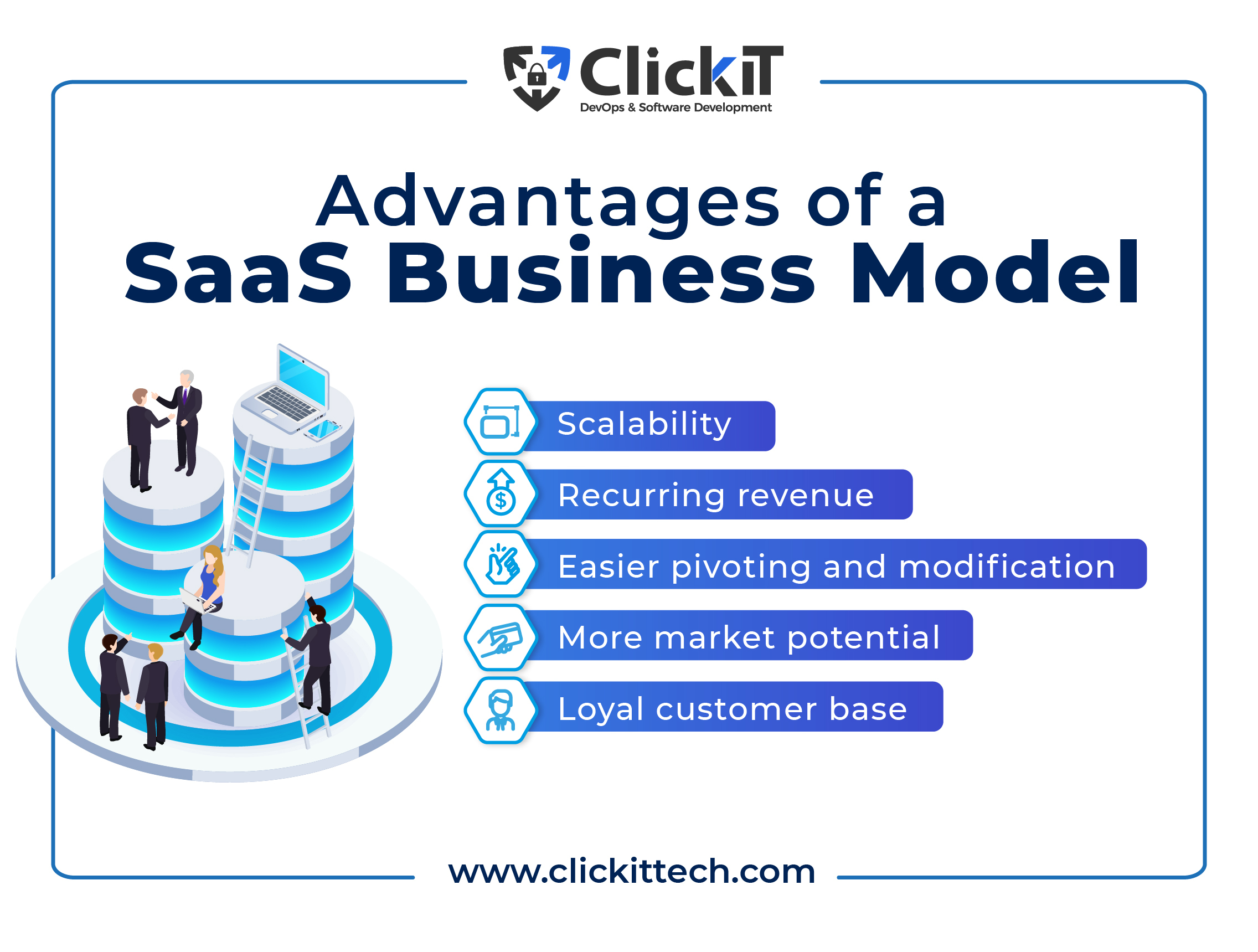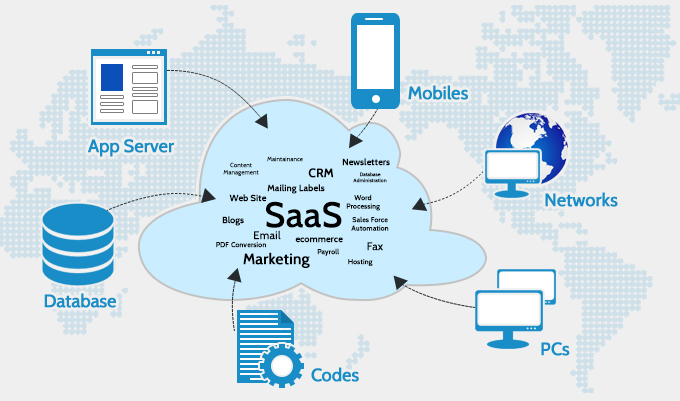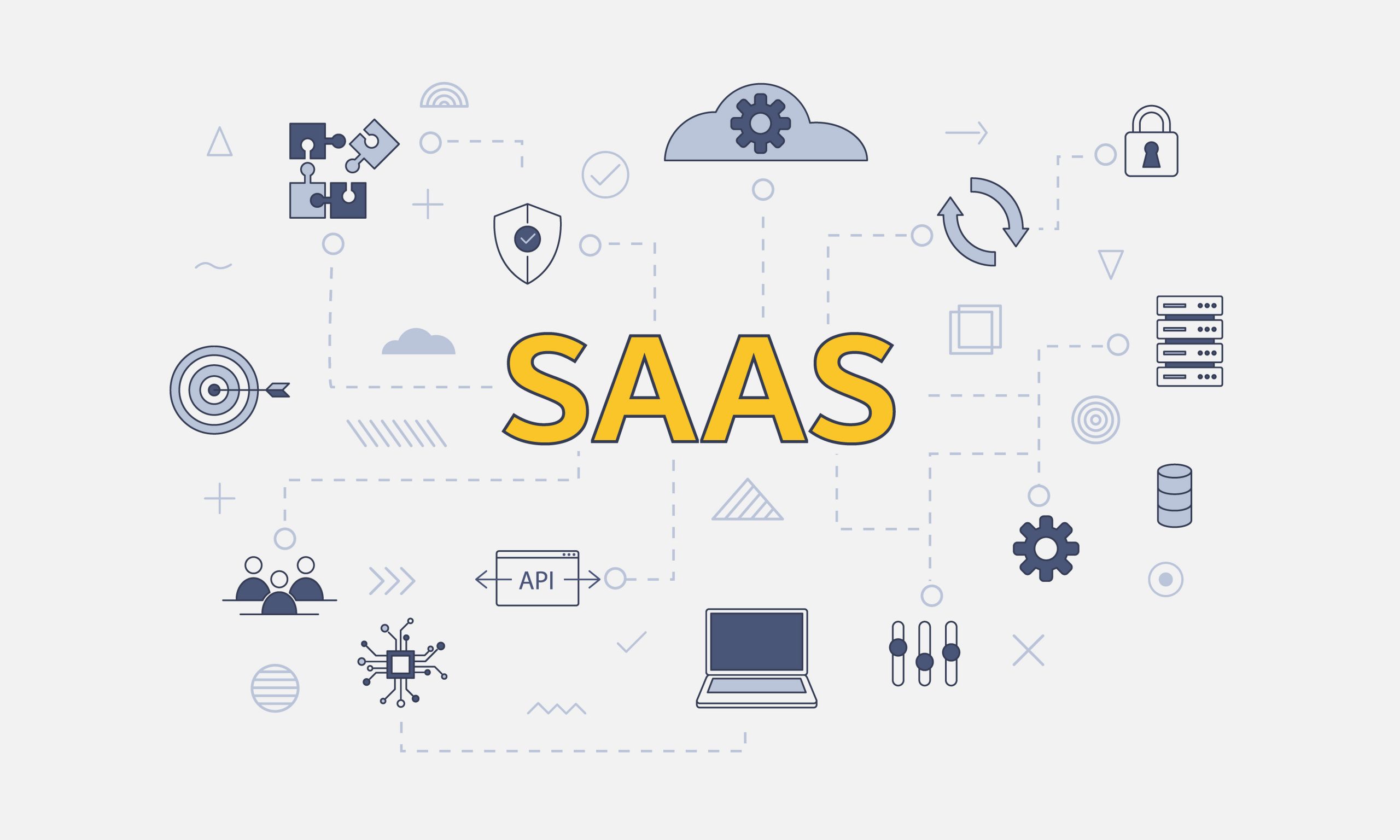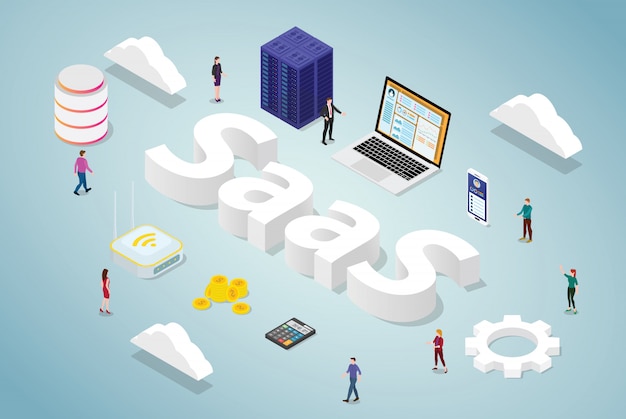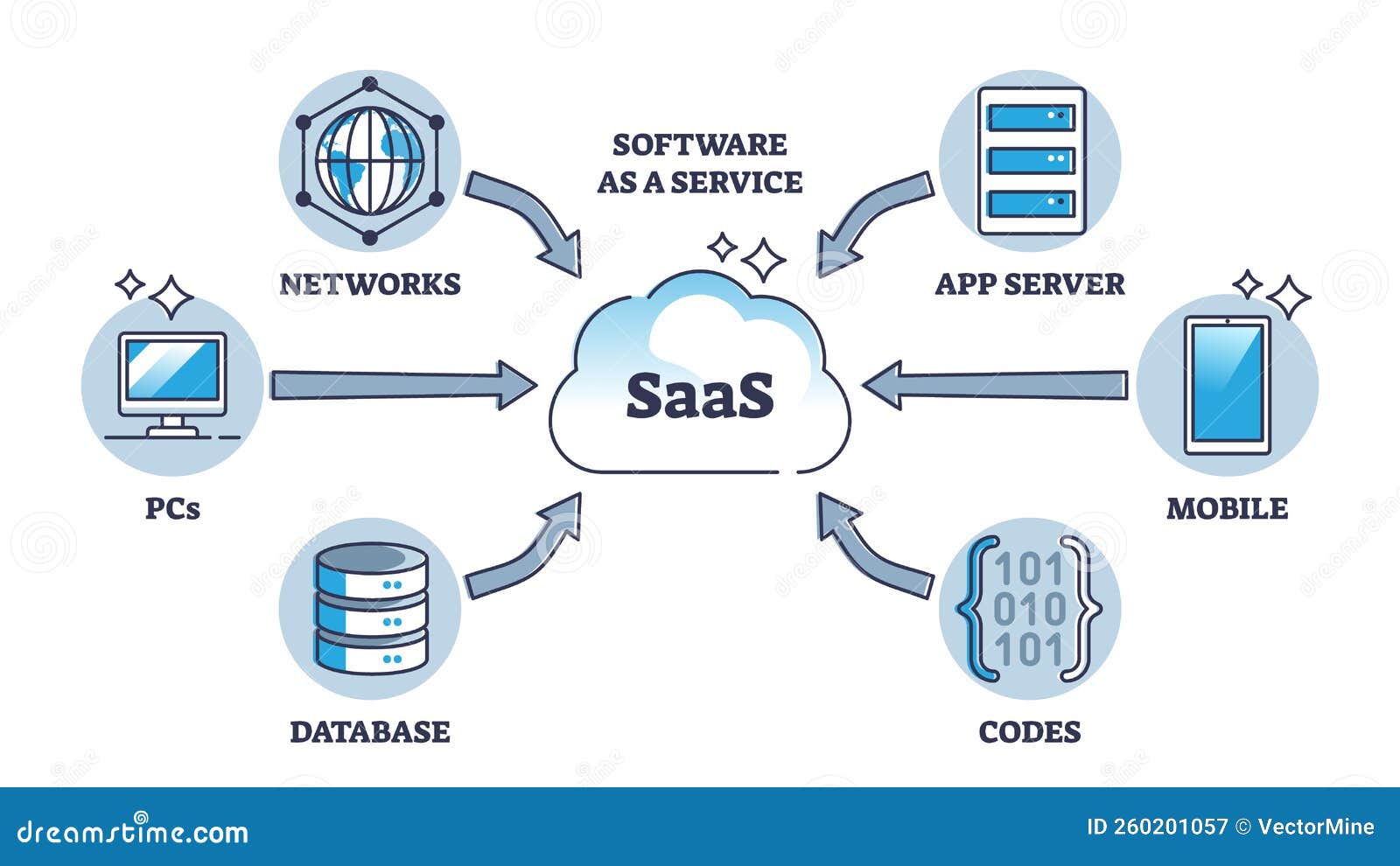Unlocking the Potential of SaaS Business Models for Printed Circuit Boards
The printed circuit board (PCB) design industry has undergone significant transformations in recent years, driven by the increasing demand for innovative and efficient design solutions. One key trend that has gained momentum is the adoption of software as a service (SaaS) business models for PCB design. SaaS models have revolutionized the way businesses operate, offering a range of benefits that can enhance design efficiency, reduce costs, and improve collaboration.
At its core, SaaS is a software delivery model in which a third-party provider hosts an application, making it accessible to customers over the internet. In the context of PCB design, SaaS models provide designers with access to a range of tools and software, from schematic capture to PCB layout and manufacturing. This approach has several advantages, including reduced upfront costs, increased scalability, and improved collaboration.
One of the primary benefits of SaaS business models for PCB design is the ability to reduce costs. Traditional software licensing models often require significant upfront investments, which can be a barrier to entry for small and medium-sized businesses. In contrast, SaaS models offer a pay-as-you-go approach, allowing businesses to scale their software usage up or down as needed. This flexibility is particularly valuable in the PCB design industry, where project requirements can vary significantly.
In addition to cost savings, SaaS business models for PCB design also offer improved collaboration and scalability. Cloud-based design platforms enable multiple stakeholders to access and work on designs simultaneously, regardless of their location. This facilitates real-time collaboration and reduces the risk of errors or miscommunication. Furthermore, SaaS models can easily scale to meet the needs of growing businesses, eliminating the need for costly software upgrades or hardware investments.
As the PCB design industry continues to evolve, it is likely that SaaS business models will play an increasingly important role. By providing designers with access to innovative software tools and platforms, SaaS models can help businesses stay ahead of the curve and respond to changing market demands. Whether you are a small startup or an established enterprise, SaaS business models for PCB design offer a range of benefits that can enhance your design efficiency, reduce costs, and improve collaboration.
By embracing SaaS business models, PCB design businesses can unlock new opportunities for growth and innovation. With the ability to scale software usage up or down as needed, businesses can respond quickly to changing project requirements and stay ahead of the competition. As the industry continues to evolve, it will be interesting to see how SaaS business models for PCB design continue to shape the future of the industry.
How to Choose the Right SaaS Platform for Your PCB Design Needs
When it comes to selecting a SaaS platform for PCB design, there are several factors to consider. With so many options available, it can be overwhelming to determine which platform is best suited for your business needs. In this section, we will explore the key considerations for choosing a SaaS platform for PCB design, including scalability, security, and integration with existing tools.
Scalability is a critical factor to consider when selecting a SaaS platform for PCB design. As your business grows, you need a platform that can scale with you. Look for a platform that offers flexible pricing plans, so you can easily upgrade or downgrade as needed. Additionally, consider a platform that offers a high level of customization, so you can tailor the platform to meet your specific needs.
Security is another essential consideration when choosing a SaaS platform for PCB design. Your designs and data are valuable assets, and you need to ensure they are protected. Look for a platform that offers robust security features, such as encryption, access controls, and regular backups. Additionally, consider a platform that is compliant with industry standards, such as ISO 27001.
Integration with existing tools is also a key consideration when selecting a SaaS platform for PCB design. You likely have existing tools and workflows in place, and you need a platform that can integrate seamlessly with these tools. Look for a platform that offers APIs, SDKs, and other integration options, so you can easily connect with your existing tools and workflows.
Some popular SaaS platforms for PCB design include Altium 365, Autodesk Eagle, and Cadence Allegro. These platforms offer a range of features and tools, including schematic capture, PCB layout, and manufacturing. When evaluating these platforms, consider your specific needs and requirements, and look for a platform that offers the features and tools you need to succeed.
In addition to these popular platforms, there are many other SaaS platforms for PCB design available. When evaluating these platforms, consider the factors mentioned above, including scalability, security, and integration with existing tools. By taking the time to carefully evaluate your options, you can find a SaaS platform that meets your needs and helps you succeed in the competitive world of PCB design.
The Benefits of Subscription-Based PCB Design Software
Subscription-based SaaS models for PCB design have gained popularity in recent years, and for good reason. These models offer a range of benefits, including reduced upfront costs, access to regular updates, and flexibility in scaling up or down. In this section, we will explore the advantages of subscription-based SaaS models for PCB design, using examples of successful SaaS-based PCB design software like KiCad and DipTrace.
One of the primary benefits of subscription-based SaaS models for PCB design is the reduced upfront cost. Traditional software licensing models often require a significant upfront investment, which can be a barrier to entry for small and medium-sized businesses. In contrast, subscription-based SaaS models offer a pay-as-you-go approach, allowing businesses to scale their software usage up or down as needed.
Another benefit of subscription-based SaaS models for PCB design is access to regular updates. With traditional software licensing models, businesses often have to wait for new versions of the software to be released, which can take months or even years. In contrast, subscription-based SaaS models provide access to regular updates, ensuring that businesses have the latest tools and features at their fingertips.
Flexibility in scaling up or down is another advantage of subscription-based SaaS models for PCB design. With traditional software licensing models, businesses often have to purchase a fixed number of licenses, which can be inflexible and costly. In contrast, subscription-based SaaS models allow businesses to scale their software usage up or down as needed, ensuring that they only pay for what they need.
Examples of successful SaaS-based PCB design software include KiCad and DipTrace. KiCad is a popular open-source PCB design software that offers a range of features and tools, including schematic capture, PCB layout, and manufacturing. DipTrace is another popular SaaS-based PCB design software that offers a range of features and tools, including schematic capture, PCB layout, and manufacturing.
Both KiCad and DipTrace offer subscription-based SaaS models, which provide access to regular updates, flexibility in scaling up or down, and reduced upfront costs. These models have been successful in attracting a large user base, and have helped to establish both KiCad and DipTrace as leaders in the PCB design software market.
In conclusion, subscription-based SaaS models for PCB design offer a range of benefits, including reduced upfront costs, access to regular updates, and flexibility in scaling up or down. By using examples of successful SaaS-based PCB design software like KiCad and DipTrace, we can see how these models can be successful in the PCB design industry.
Monetizing Your PCB Design Business with SaaS
As the PCB design industry continues to evolve, businesses are looking for innovative ways to monetize their services. Software as a service (SaaS) business models for PCB design offer a range of opportunities for generating revenue, from freemium models to tiered pricing and value-added services. In this section, we will explore the different ways to monetize your PCB design business with SaaS, using examples of successful SaaS-based PCB design businesses like SnapEDA and PCBWay.
Freemium models are a popular way to monetize SaaS-based PCB design businesses. This model involves offering a basic version of the software for free, while charging for premium features or advanced functionality. SnapEDA, for example, offers a free version of its PCB design software, while charging for premium features like advanced simulation and analysis tools.
Tiered pricing is another way to monetize SaaS-based PCB design businesses. This model involves offering different levels of service, each with its own pricing tier. PCBWay, for example, offers a range of pricing tiers, from a basic plan for small businesses to an enterprise plan for large corporations.
Value-added services are also a key way to monetize SaaS-based PCB design businesses. This model involves offering additional services, like design consulting or manufacturing support, to complement the software. By offering these services, businesses can generate additional revenue streams and differentiate themselves from competitors.
Another way to monetize SaaS-based PCB design businesses is through partnerships and collaborations. By partnering with other businesses or organizations, PCB design companies can expand their reach and offer new services to their customers. For example, a PCB design company might partner with a manufacturing company to offer a complete design-to-manufacturing service.
In addition to these models, SaaS-based PCB design businesses can also generate revenue through advertising and sponsorships. By offering a free version of their software, businesses can attract a large user base and generate revenue through targeted advertising. Sponsorships are also a key way to generate revenue, by partnering with other businesses to offer sponsored content or services.
Overall, SaaS-based PCB design businesses have a range of opportunities for generating revenue. By offering freemium models, tiered pricing, value-added services, partnerships, and advertising, businesses can create a sustainable and profitable business model. By leveraging these models, PCB design companies can stay ahead of the competition and achieve long-term success.
Overcoming Challenges in Implementing SaaS Business Models for PCB
As the printed circuit board (PCB) design industry continues to adopt software as a service (SaaS) business models, several challenges arise that can hinder successful implementation. Data security concerns, user adoption, and integration with existing workflows are common obstacles that businesses must overcome to reap the benefits of SaaS. In this section, we will explore strategies for addressing these challenges and ensuring a seamless transition to SaaS business models for PCB design.
Data security is a top concern for any business considering SaaS solutions. PCB design files often contain sensitive information, such as intellectual property and proprietary designs. To mitigate these risks, businesses should look for SaaS providers that offer robust security measures, including encryption, access controls, and regular backups. Additionally, businesses should ensure that their SaaS provider complies with relevant industry standards and regulations, such as ISO 27001 and GDPR.
User adoption is another significant challenge when implementing SaaS business models for PCB design. Designers and engineers may be resistant to change, especially if they are accustomed to traditional on-premise software. To overcome this hurdle, businesses should provide comprehensive training and support to ensure a smooth transition. This may include online tutorials, webinars, and on-site training sessions. Furthermore, businesses should encourage feedback and suggestions from users to improve the SaaS platform and address any concerns or issues that arise.
Integration with existing workflows is also crucial when implementing SaaS business models for PCB design. Businesses should look for SaaS providers that offer seamless integration with existing tools and software, such as computer-aided design (CAD) software and product lifecycle management (PLM) systems. This will enable designers and engineers to work efficiently and effectively, without disrupting existing workflows. Additionally, businesses should consider implementing application programming interfaces (APIs) to facilitate integration with other software applications.
To overcome these challenges, businesses should develop a comprehensive implementation plan that addresses data security, user adoption, and integration with existing workflows. This plan should include clear goals, timelines, and milestones, as well as a budget and resource allocation. By following this plan, businesses can ensure a successful transition to SaaS business models for PCB design and reap the benefits of increased efficiency, reduced costs, and enhanced collaboration.
Future-Proofing Your PCB Design Business with SaaS
The printed circuit board (PCB) design industry is rapidly evolving, driven by advances in technology, changing market demands, and increasing competition. To stay ahead of the curve, businesses must be adaptable and innovative, embracing new technologies and business models that enable them to respond quickly to changing market conditions. Software as a service (SaaS) business models for PCB design offer a powerful solution, enabling businesses to future-proof their operations and stay competitive in a rapidly changing market.
One of the key benefits of SaaS business models for PCB design is their ability to facilitate innovation and experimentation. By providing access to a wide range of design tools and software, SaaS platforms enable designers and engineers to explore new ideas and approaches, without the need for significant upfront investment. This enables businesses to stay at the forefront of technological advancements, incorporating new features and functionalities into their designs and products.
SaaS business models for PCB design also enable businesses to respond quickly to changing market demands. By providing scalable and flexible design solutions, SaaS platforms enable businesses to rapidly adapt to changes in market conditions, such as shifts in demand or the emergence of new technologies. This enables businesses to stay competitive, even in the face of rapid change and uncertainty
Real-World Examples of Successful SaaS-Based PCB Design Businesses
The adoption of software as a service (SaaS) business models for printed circuit board (PCB) design has been on the rise in recent years, with many businesses achieving significant success and growth. In this section, we will explore real-world examples of
Best Practices for Implementing SaaS Business Models in PCB Design
Implementing software as a service (SaaS) business models for printed circuit board (PCB) design requires careful consideration of several key factors. In this section, we will summarize the best practices for implementing SaaS business models in PCB design, including the importance of scalability, security, and user experience.
Scalability is a critical factor in implementing SaaS business models for PCB design. As the demand for PCB design services grows, businesses must be able to scale their operations quickly and efficiently to meet the needs of their customers. This requires a SaaS platform that can handle increased traffic and usage without compromising performance or reliability. Businesses should look for SaaS platforms that offer scalable architecture, flexible pricing plans, and robust infrastructure to support growth.
Security is another essential factor in implementing SaaS business models for PCB design. PCB design files often contain sensitive information, such as intellectual property and proprietary designs. Businesses must ensure that their SaaS platform provides robust security measures to protect customer data, including encryption, access controls, and regular backups. Additionally, businesses should look for SaaS platforms that comply with relevant industry standards and regulations, such as ISO 27001 and GDPR.
User experience is also crucial in implementing SaaS business models for PCB design. A user-friendly interface and intuitive design can make a significant difference in the adoption and retention of customers. Businesses should look for SaaS platforms that offer a seamless user experience, including easy navigation, clear documentation, and responsive support. Additionally, businesses should prioritize feedback and suggestions from customers to improve the SaaS platform and address any concerns or issues that arise.
In addition to these factors, businesses should also consider the importance of integration with existing tools and workflows. A SaaS platform that integrates seamlessly with existing design software, computer-aided design (CAD) systems, and product lifecycle management (PLM) systems can streamline workflows and improve efficiency. Businesses should look for SaaS platforms that offer APIs, SDKs, and other integration tools to facilitate integration with existing tools and workflows.
Finally, businesses should prioritize the importance of customer support and success. A SaaS platform that offers responsive support, clear documentation, and proactive success management can make a significant difference in customer satisfaction and retention. Businesses should look for SaaS platforms that offer multiple support channels, including email, phone, and live chat, as well as a comprehensive knowledge base and community forum.
By following these best practices, businesses can implement successful SaaS business models for PCB design that meet the needs of their customers and drive growth and revenue. Whether you’re a small startup or a large enterprise, SaaS business models for PCB design offer a powerful solution for improving design efficiency, reducing costs, and enhancing collaboration.

